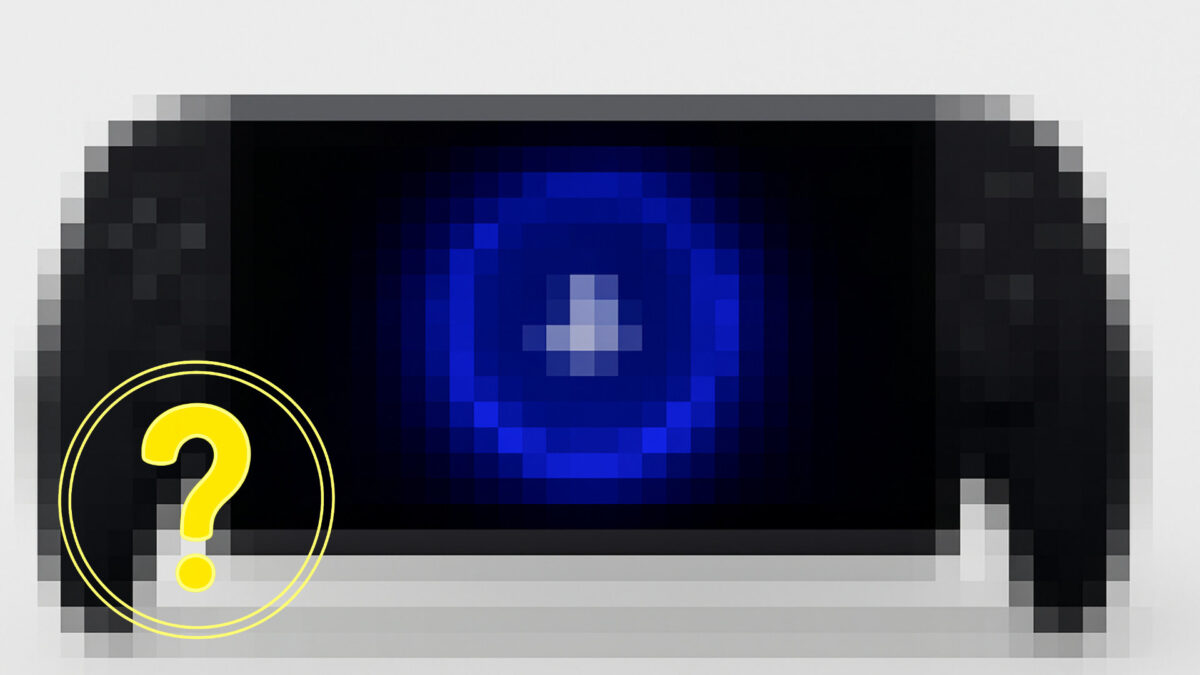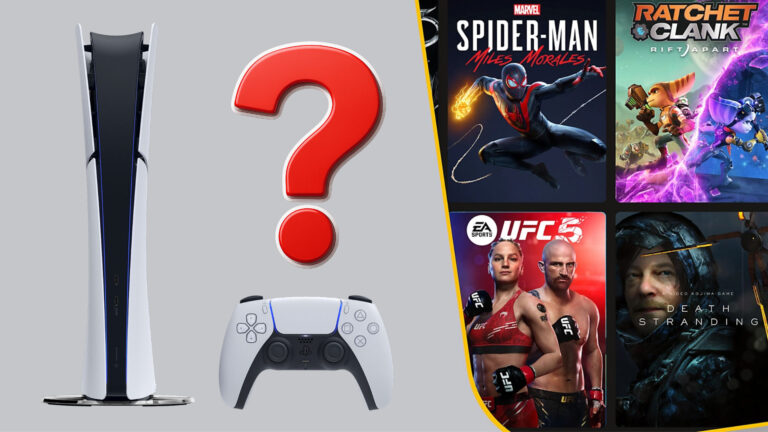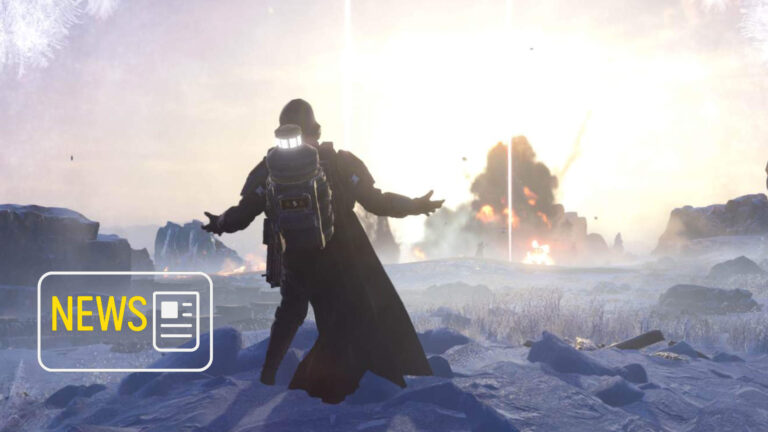Leaks about a potential PS6 handheld are piling up. Here’s a complete roundup of all the rumors and info we’ve seen so far.
Sony is reportedly developing a new gaming handheld set for release in 2027. Unlike the PlayStation Portal, this device is said to run PS5 and even PS6 titles natively – no streaming required. If true, it would compete directly with the Nintendo Switch 2 and upcoming Xbox handhelds. Here’s everything currently known about the PlayStation 6 handheld.
- Important note: All details below are based on leaks and rumors. Sony has not made any official statements about a PlayStation 6 handheld.
Sony’s Handheld History: Hits and Misses
PlayStation Portable (PSP): Sony’s First Step
Back in 2004, Sony entered the handheld market with the PlayStation Portable. Technically impressive and visually advanced for its time, the PSP sold over 80 million units worldwide. While it never dethroned Nintendo as market leader, it proved Sony could build a capable mobile gaming device.
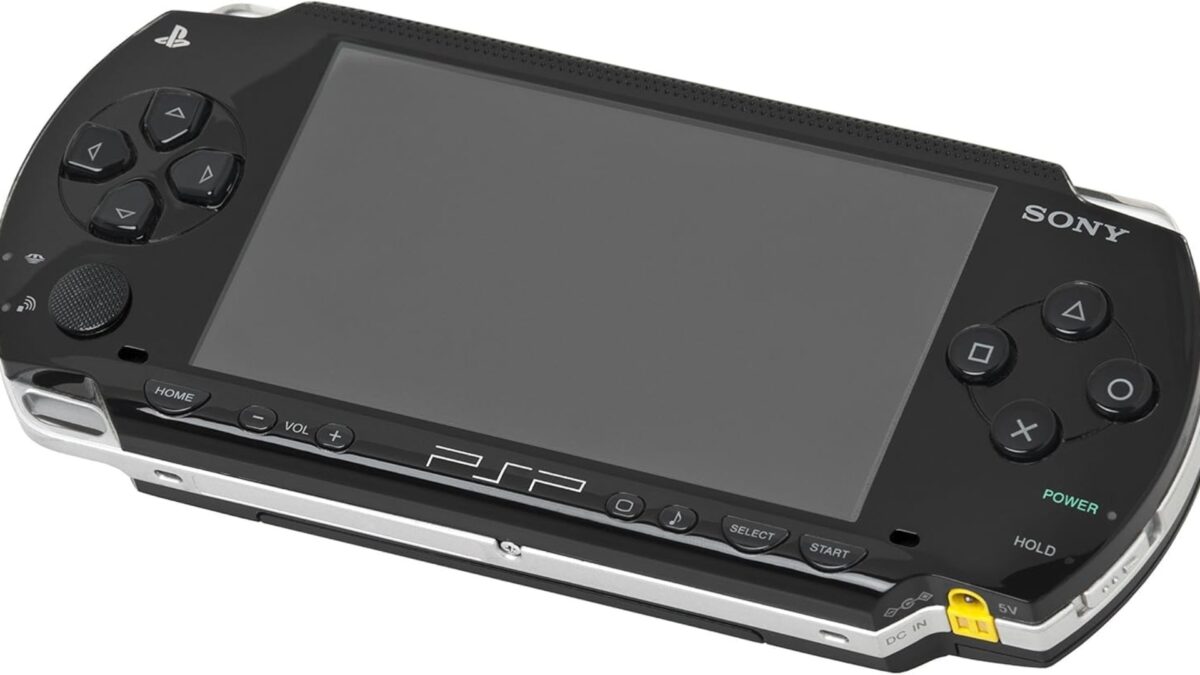
PS Vita: Strong Tech, Weak Sales
Launched in 2011, the PS Vita came packed with features: an OLED screen, dual analog sticks, and PS3-level graphics. But despite its tech, the system became a commercial failure. A high price, weak marketing, and lack of third-party support led to poor sales. By 2019, Sony ended production and stepped away from handhelds entirely.
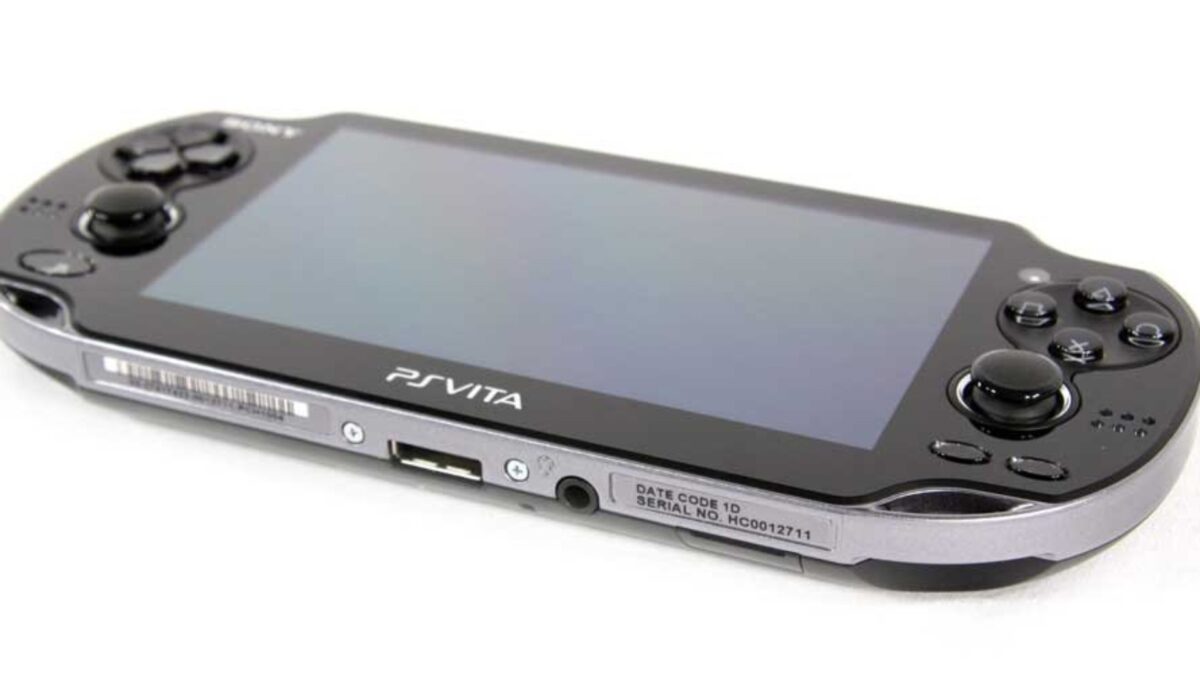
PlayStation Portal: A Surprise Return
In 2023, Sony surprised fans with the PlayStation Portal – a streaming-only device for PS5 games via Remote Play. Despite skepticism, it sold better than expected. This success may have reignited Sony’s interest in building a true handheld console.
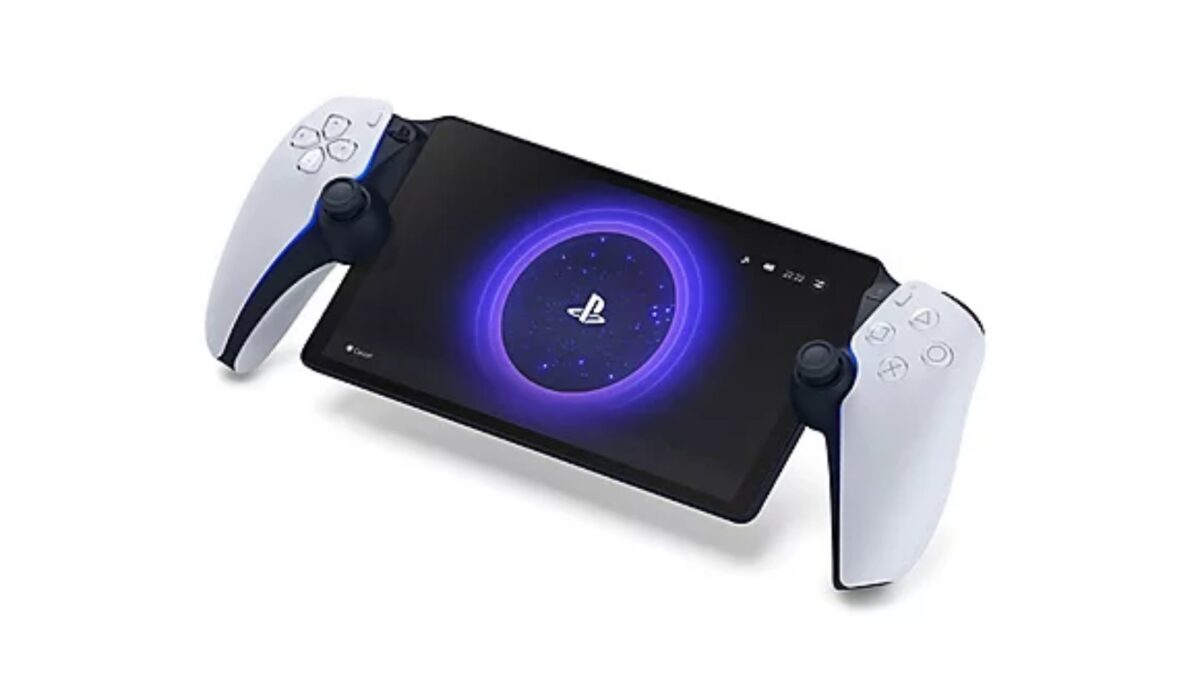
PS6 Handheld: Technical Specs Explained
The Core: “Canis” SoC
At the heart of the rumored PS6 handheld is a custom system-on-chip (SoC) codenamed “Canis.” Built on TSMC’s advanced 3nm process, it’s expected to deliver both strong performance and high efficiency.
The CPU setup looks ambitious: four AMD Zen 6C cores for gaming workloads, plus two Zen 6 low-power cores for OS tasks. This separation could free up as much as 20% more performance for games. Reported clock speeds are between 4 and 5 GHz.
Graphics: RDNA 5 for Portable Gaming
The handheld is said to feature an integrated RDNA 5 GPU with 16 compute units. It may support two modes: in handheld mode, the GPU runs at ~1.2 GHz to balance heat and battery life; docked mode boosts clocks to ~1.65 GHz when connected to an external display.
This dual-mode approach echoes the Nintendo Switch: efficient performance on the go, full power at home.
Memory and Bandwidth
Sony reportedly plans no compromises with memory. A 192-bit LPDDR5X setup running at 8,533 MT/s is mentioned, with between 24 and 36 GB of RAM. That much memory would help deliver smooth performance with ray tracing and AI-driven features.
- For comparison: the Xbox ROG Ally X includes 24 GB RAM.
Performance: What to Expect in Practice
Benchmarks and Performance Targets
Leaked performance numbers suggest the PlayStation 6 handheld could reach 55–75% of a PS5’s rasterization power. That may sound modest, but for a portable system it’s quite impressive.
Ray tracing is where it gets interesting: RDNA 5 reportedly delivers much stronger ray tracing efficiency than the PS5’s RDNA 2 GPU, with up to 130% better performance in certain scenarios.
The Zen 6 CPU cores should also outperform PS5’s Zen 2 cores, even with fewer total cores active. Each of the handheld’s four gaming cores would be significantly stronger than one of the PS5’s eight.
Real-World Gameplay
To illustrate: if a game runs at 70 FPS with ray tracing on the Xbox ROG Ally X at 1080p, the PS6 handheld could theoretically hit 120 FPS under the same settings. Of course, real results would depend heavily on game optimization.
With FSR4 upscaling expected, the device could also boost perceived visual quality by rendering games at a lower native resolution and upscaling them efficiently.
Game Compatibility: Taking Your Library Mobile
Extensive Backwards Compatibility
The handheld is rumored to fully support PS4 games, giving players instant access to a huge library. Thanks to stronger hardware, many titles could also see improved performance compared to their original release.
PS5 games would reportedly run natively as well, with adjusted settings for handheld use. Developers could create “portable modes” with reduced resolution and effects to ensure smooth gameplay.
Perhaps most importantly, if the handheld launches alongside the PS6, new games could be built for both platforms right from the start – ensuring a seamless cross-platform experience.
Dual Modes for Different Needs
The PS6 handheld is expected to offer two performance modes: handheld mode prioritizing battery life and docked mode unlocking higher resolution and full performance. This would let players switch between portability and visual fidelity depending on the situation.
Pricing: Affordability First
Sony’s Pricing Strategy
After the PS Vita’s missteps, Sony reportedly plans a more aggressive approach. The handheld is expected to launch between $399 and $499, competing directly with Nintendo Switch 2 and Steam Deck.
A cheaper stationary model without screen or battery is also rumored, priced around $299–$399. That option would target PS4 owners who haven’t upgraded yet.
How It Stacks Up to the Competition
This pricing would position the PS6 handheld between Nintendo’s budget-friendly approach and high-end PC handhelds, many of which cost $600–$900 or more. Sony could land in a sweet spot.
PlayStation 6 Handheld Release Timeline: When Could It Launch?
Production Plans and Launch Window
Chip production is expected to start mid-2027, pointing to a fall 2027 launch. That timing matches Sony’s typical console release strategy.
By then, RDNA 5 and Zen 6 will be mature technologies, and 3nm production will be more cost-effective. A simultaneous launch with the PS6 would also make strategic sense.
An earlier release would mean less refined tech and higher risks. Sony appears to be playing it safe this time, aiming for polished hardware even if it means waiting longer.
The Competition: A Crowded Field
Nintendo Switch 2: The Established Leader
Nintendo’s next-gen Switch is expected to maintain a strong lead thanks to its massive fanbase and unmatched first-party lineup. For Sony to gain ground, a handheld would need to lean on superior tech and compelling exclusive content.
Microsoft and Xbox Handhelds
Microsoft is also exploring portable options. Its work with ASUS on the ROG Ally points to a hybrid PC and Xbox ecosystem. With access to both Steam and the Xbox library, the Ally and Ally X form a credible alternative and could hit the market earlier, giving Microsoft a timing advantage.
PC Handhelds: Steam Deck and More
Valve’s Steam Deck proved there is real demand for powerful PC handhelds. ASUS, Lenovo and others followed with Windows-based devices. Sony’s closed ecosystem could still shine with tighter optimization and a simpler, console-like user experience.
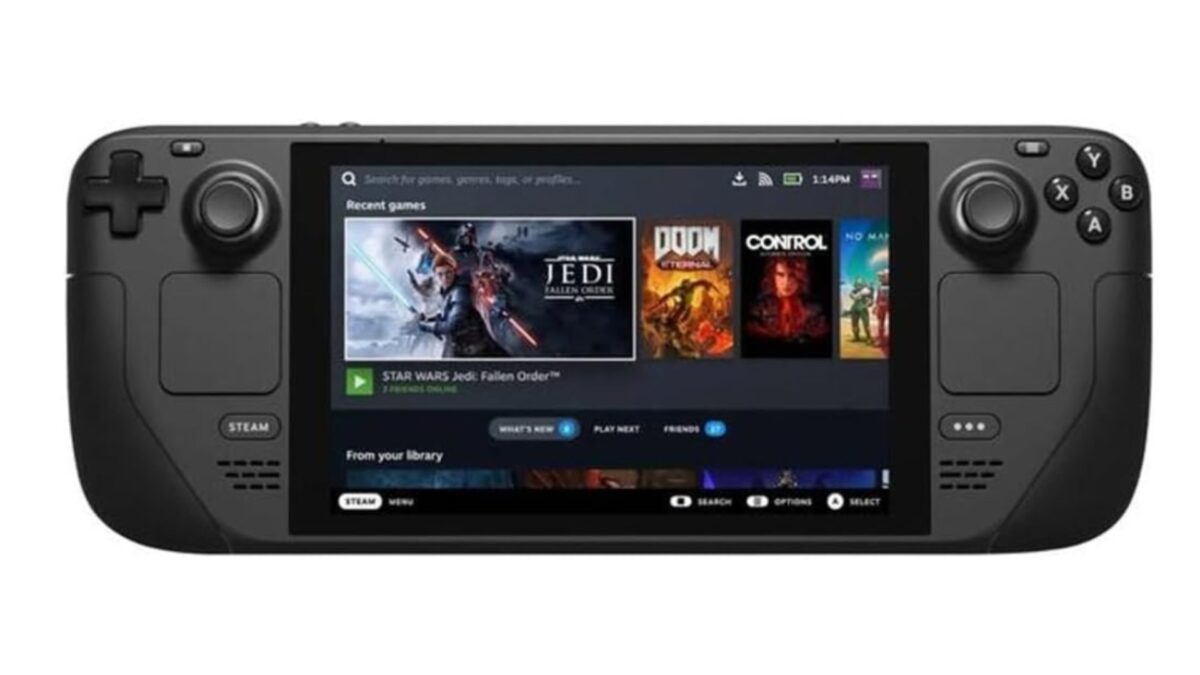
While PC handhelds often require tweaking settings across multiple launchers, a PlayStation handheld would likely emphasize plug-and-play simplicity.
Sony’s Potential Advantages
Exclusives as a Differentiator
Sony’s biggest edge would be its exclusives. Franchises like God of War, The Last of Us, Spider-Man, Horizon, Ghost of Tsushima and Bloodborne are system sellers. Being able to play these on the go could be a decisive factor.

Sony could also create new IP tailored to portable play or adapt existing series with handheld-friendly modes and pacing.
Seamless PlayStation Integration
A PlayStation handheld would slot into the existing ecosystem: cross-save to move between PS5 and portable, synced trophies, PSN features and Remote Play. That cohesion is a clear advantage over PC handhelds that juggle multiple stores and launchers.
PlayStation 6 Handheld: Challenges and Risks
Technical Hurdles
Battery life remains a tough problem. High-end chips draw serious power, yet players still expect several hours away from the outlet. Sony would need to balance efficiency with performance carefully.
Thermals are another concern. Even efficient 3 nm silicon generates heat under load. Designing effective cooling for a compact chassis is not trivial.
The market could also be crowded by 2027, with Switch 2, Xbox portables and multiple PC options vying for attention. Sony would have to stand out with hardware, price and content.
All specs, timelines and pricing here are based on current leaks and rumors and may change.
Sources: Leaker, PlayStation
No related articles found.

